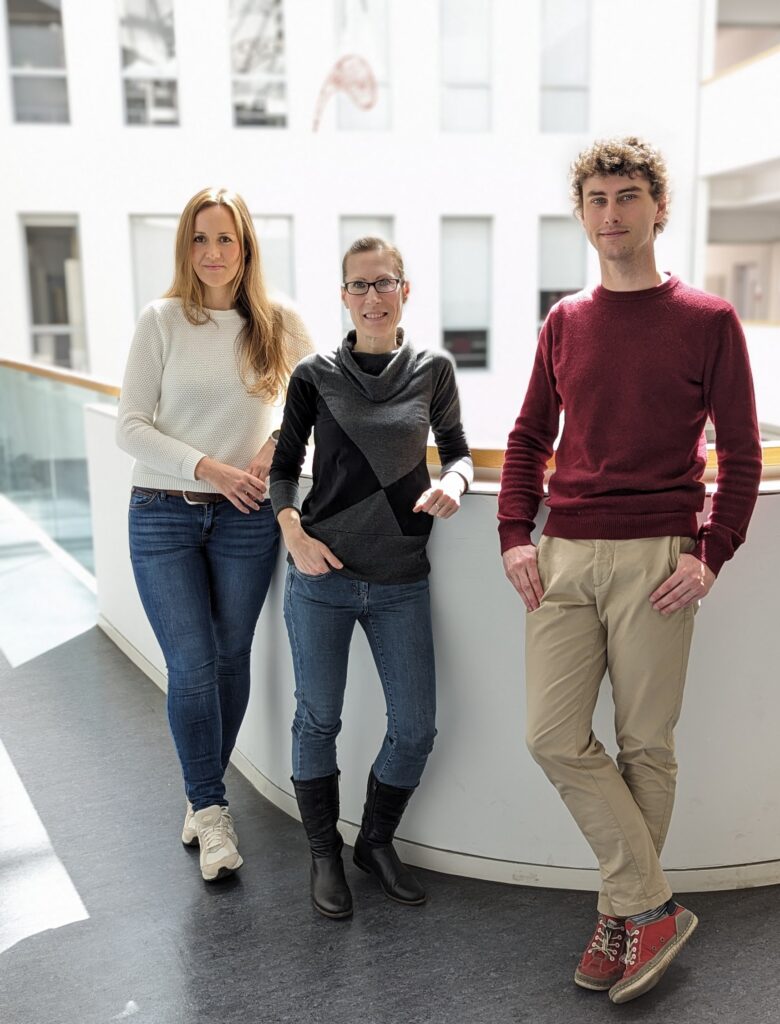Ageing is a complex process that may affect the brain across various scales – from molecular and synaptic function to local neuronal activity within vulnerable brain regions and, subsequently, aberrant neural networks. While disordered synaptic function and network activity are hallmarks of many neurodegenerative diseases, such as Alzheimer’s disease, these dysfunctions can also develop across normal ageing. Importantly, age-related changes occurring at the synaptic level at any point in these circuits may have downstream consequences for network excitability, which may interfere with episodic memory processing. Some of the earliest changes in network activity in the brain occur within the hippocampus and connected posterior-midline regions, such as the retrosplenial cortex. While modern neuroimaging techniques have proven invaluable to help us understand the changes that occur in these brain regions across ageing and neurodegeneration in humans, the precise circuit and synaptic-level alterations that occur with normal ageing can be investigated with the use of rodent models. It has been suggested that specific patterns of excitatory (glutamatergic) and inhibitory (GABAergic) synaptic changes underlie these network dysfunctions within the hippocampal formation during normal ageing, but the complexity of the downstream circuits from the hippocampus to posterior cortical regions requires dedicated cell-type specific investigations and the synaptic changes that may mediate a vulnerability to aberrant network excitability in hippocampal-posterior cortical circuits across normal ageing are unknown.
In project D2, we investigate aberrant memory-related network activity in ageing mice to understand the mechanistic changes that occur directly within these hippocampal-posterior midline circuits on the synaptic and neuronal level. We will utilize in vivo two-photon imaging in behaving mice to directly monitor neuronal activity in the retrosplenial cortex while simultaneously assessing sensory-driven episodic memory processes across aging and further relate these processes to changes in excitatory and inhibitory afferent input from the hippocampus.
To achieve the overarching goals of Squad D, we collaborate closely with the groups of D3: Stefan Remy and D1: Anne Maass.

Project D2: Julia Henschke, Janelle Pakan, Konstantin Schlaaff
